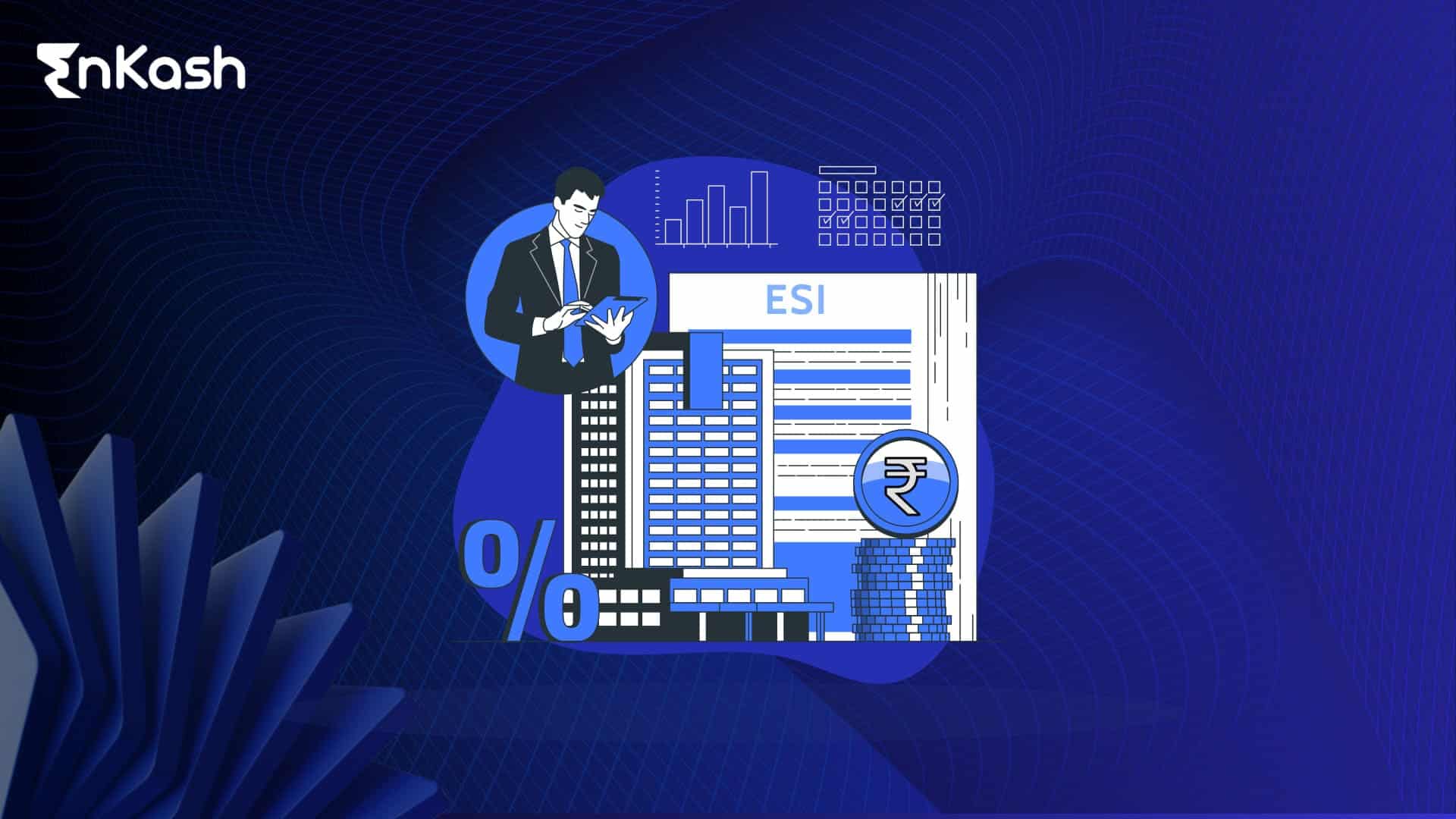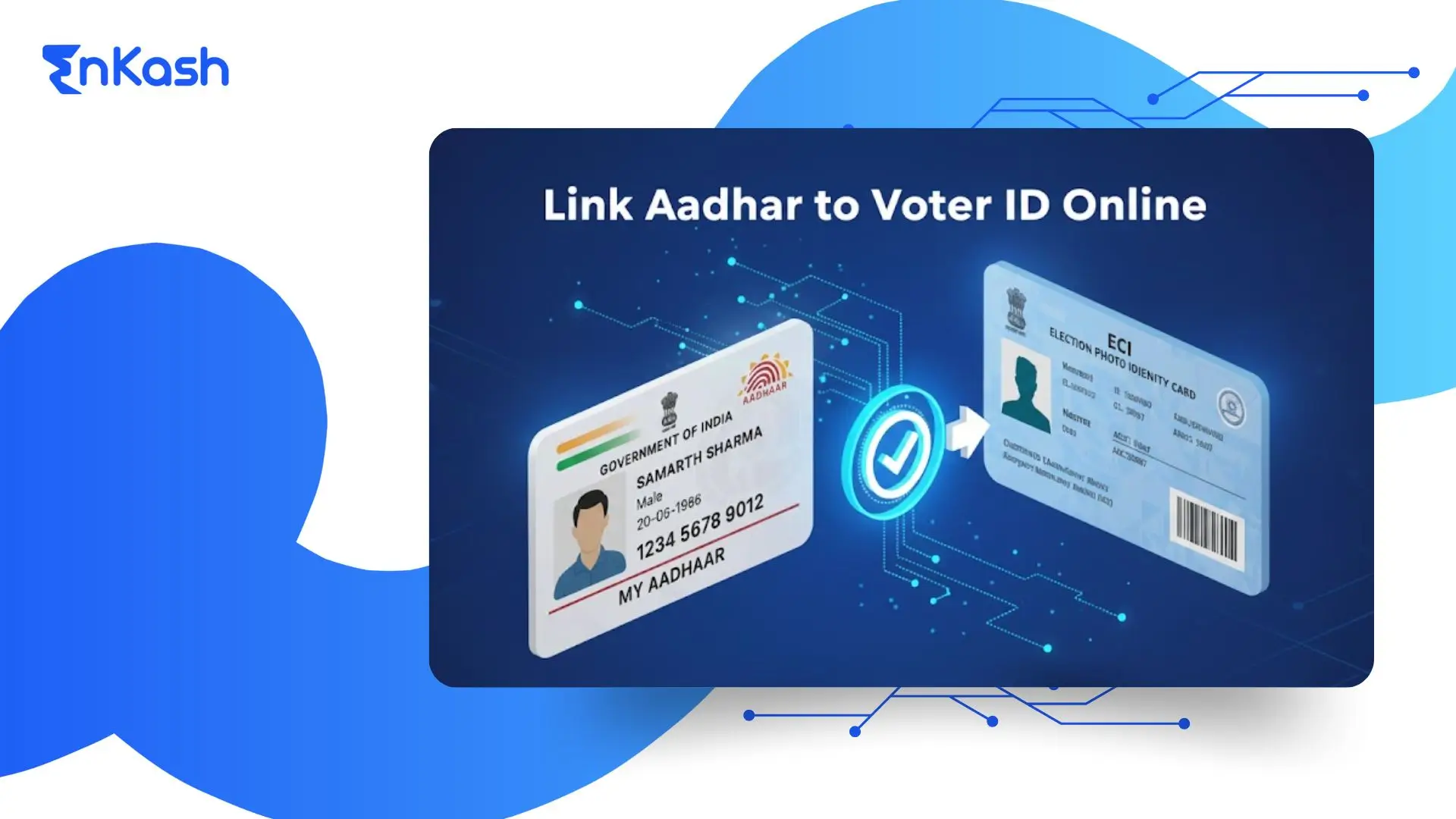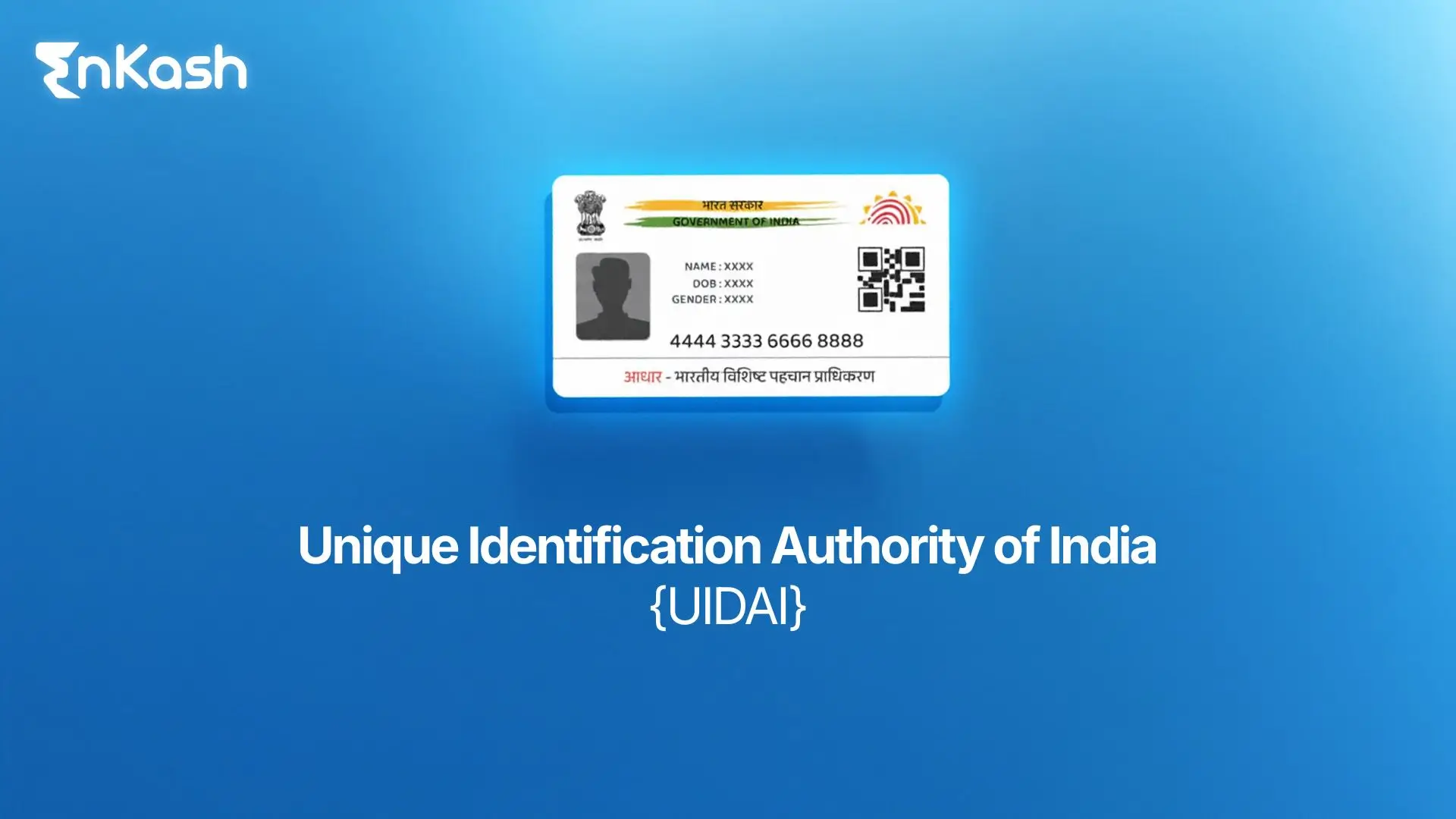The Indian government introduced the Employees’ State Insurance (ESI) scheme as a worker welfare program. This scheme provides various benefits to employees under different medical circumstances. If your company meets the criteria for ESI registration, you must understand what ESI is. It is mandatory to register your company and comply with the rules laid down by the Indian government.
The funds of the ESI are expected to meet employees’ medical needs in cases of injury or disability that may cause them to lose their wages and spend their savings on medical emergencies.
What is ESI?
Employees’ State Insurance Corporation or ESIC is a social security body that manages ESI. The Ministry of Labour and Employment administers the insurance corporation. Based on a report prepared by B.P. Adarkar in 1943, the need for a social Insurance scheme for industry workers was recognized. This led to the formation of the Employee State Insurance Act of 1948. The Act was first implemented in 1952 and was primarily focused on factory workers. But with time, all other organizations became a part of this law.
According to the ESI Act, any organization with 10 employees or more must maintain this fund. It involves contributions from employers and employees, and the fund is distributed in cash or insurance to the employee in cases of medical emergencies.
However, it is important to note that only employees with a monthly salary of less than Rs. 21,000 qualify for ESI. Additionally, the company must have coverage under ESI to provide its benefits to its employees.
The ESIC is a legal body with hospitals built nationwide by collaborating with state governments or independently. There are ESIS dispensaries and hospitals at the state level that the respective state governments run. At the central level, there are ESIC hospitals, colleges, and dispensaries. Employees who are covered under the ESI Act can visit the listed hospitals to obtain ESI benefits for their medical needs.
Also Read: What is the payroll process?
What Are The Components of ESI?
While the eligibility to receive ESI benefits is a monthly salary of less than Rs. 21,000, the contribution made by the employer and the employee varies based on the salary of the employee. But to do the calculation, there are certain components that the Indian government specifies as inclusions and exclusions.
Components of Salary Included in ESI Calculation
Here are the components to explain better what is ESI and what is to be included in the calculation of ESI.
- Basic Pay
- Sales Commission
- House Rent Allowance
- Dearness Allowance
- Meal Allowance
- City Compensatory Allowance
- Medical Allowance
- Newspaper Allowance
- Special Allowance and Overtime
- Education Allowance
Components of Salary Excluded in ESI Calculation
Here are the components that are excluded from the calculation of ESI.
- Compensation for retrenchment
- Tax deductions
- Gratuity
- Deduction for health insurance and premium
- Petrol allowance
- Annual commission
- Annual bonus
As per the order of the Supreme Court passed on 8th March 2021, if your company follows a custom salary structure and includes conveyance allowance, then you cannot include this in the ESI contribution. This is because conveyance allowance is not considered an ESI wage. Conveyance or travel allowance should, therefore, not be a part of your contribution to the employees’ ESI fund.
How To Calculate ESIC?
As per the ESI Act of 1948, the employer is supposed to contribute 3.25% of the employee’s salary, while the employee is supposed to contribute 0.75% of his or her salary.
ESI is calculated on the gross salary of the employee. If the company’s contribution towards the employee’s ESI is included in their CTC, then that amount needs to be excluded when calculating ESI. So, the monthly salary of an employee would consist of the basic pay along with allowances, and ESI needs to be calculated on that monthly salary.
Here is an example to explain how to calculate ESIC in salary. Suppose there’s a company where the employee’s monthly salary is Rs.15000. The company’s contribution towards the employee’s ESI is fixed at 3.25%, while the employee’s contribution is fixed at 0.75%. So, the ESI is calculated on the basic or gross. It is explained below.
Contributions |
Calculation |
Amount |
Employer’s Contribution (3.25%) |
15,000*3.25% |
487.5 |
Employee’s Contribution (0.75%) |
15,000*0.75% |
112.5 |
Total |
— |
600 |
As per the above calculation, a total of Rs. 720 needs to be deducted from the employee’s monthly salary. You will then need to deposit this amount to the ESIC within the given time. To deposit, you will need to download Form 1 from the official website of the ESIC. You will then need to fill out the PDF form and submit it online.
Also Read: HR Compliance Checklist
What is ESI And When Should You Opt For ESI Filing?
Companies can file for ESI twice a year depending on the contribution period. If the contribution period is between 1st April and 30th September, the deadline for filing ESI is 12th November. And if the contribution period is between 1st October and 31st March, the deadline for filing ESI is 12th May.
Now let’s consider a scenario to understand how to calculate ESI employer contribution in case there’s an increase in an employee’s salary. Say, the employee’s salary until October was Rs. 20000, and it increased to Rs. 22000 from November onwards in the same year. So, the ESI contribution that needs to be made by the employer and the employee will be calculated at Rs. 20000 for October to November. The contribution will be calculated at Rs. 22000 for November to March. But, as the eligibility for receiving ESI benefits is capped at a monthly salary of Rs. 21000, this employee will no longer be eligible for receiving the benefits after the end of the current contribution period.
What are ESI benefits?
There are various benefits that employees can enjoy under the ESI scheme.
- Sickness – Employees can obtain sickness benefits for a maximum of 91 days in a particular year. The amount received as benefits would be 70% of their salary. But to obtain it, they need to provide a certificate that would support or show the illness. Benefits like this can prove to be extremely helpful in overcoming unforeseen demanding situations.
- Extended Sickness – There are at least 34 long-term and malignant diseases that are listed and recognized by the ESIC. Employees who are affected by those diseases can obtain benefits under the clause of extended sickness. They would receive benefits of up to 80% of their salary for a maximum period of 2 years.
- Enhanced Sickness – Employees who are undergoing sterilization as part of their family planning can also obtain ESI benefits under the enhanced sickness clause. If it involves vasectomy, the employee will receive benefits equivalent to the full salary for a maximum period of 7 days. For tubectomy, the same benefits would be obtainable for a maximum period of 14 days.
- Medical Benefits – The ESI benefits are not just attainable by the employees but also by their family members. People who are currently employed in your organization can obtain medical benefits for themselves as well as for their family members. In addition to that, those who have retired can also obtain benefits for themselves and their spouses. The benefits would be payable for a premium of Rs.120 annually.
- Maternity Benefit – The women employees of your organization who have conceived can also receive benefits under the ESIC Act. They would be entitled to receive benefits equivalent to their complete salary. In addition to that, they would also be entitled to receive paid leave for 26 weeks. If they find it necessary, they may even extend the leave for another 4 weeks.
- Dependent Benefit – If the sudden demise occurs of any employee of your organization, you can provide their dependants ESI benefits of 90% of the employee’s salary. The benefits, in this case, would be in the form of cash payments made every month. This is why understanding what is ESI and registering for it is crucial.
- Funeral Expenses – If an employee passes away while being employed in your organization, you can provide their dependent up to Rs.15000 as part of the employee’s ESI benefits. The same amount can be provided to the person performing the last rites of the employee.
- Temporary Disablement – If an employee suffers an injury that is related to their employment with your organization, then the person will be entitled to receive benefits equivalent to 90% of their salary. The benefits will be provided until the person has a total recovery from the injury.
- Permanent Disablement – If an employee suffers an employment injury that causes permanent disability, then the person would be entitled to receive benefits of up to 90% of their salary every month. However, to obtain these benefits, the ESIC department would first check the extent to which loss of earning capacity has occurred, as identified by the Medical Board.
How to Register for ESI?
To comply with the ESIC Act of 1948, all companies operating in India are required to register themselves. Here is a list of the companies that are required to register:
- Hotels and restaurants
- Shops
- Newspaper printing companies
- Cinema
- Insurance companies
- Motor transport companies
- Port Trust
- Warehouses
- Companies dealing with Airport authorities
- Non-Banking Financial Companies
- Private medical and educational institutions
- Casual employees of Municipal Bodies
There are certain documents that you need to produce for successful ESI registration.
- PAN Card of your company
- Address proof of the company (utility bills, rental agreement, property tax receipts)
- Valid license to support the operation of your company
- Details of the directors and partners involved in the business, along with those of the shareholders
- Details of your bank account that would reflect the financial transactions of your company
- Article of Association, Memorandum of Association, and partnership deeds
- Details of the employees of your company, along with their salary structure
Also Read: Payroll Processing
Steps for ESIC Registration
The registration process has now been made online. Here are the steps that you need to follow for a smooth registration process.
Login to the portal
You need to register your company on the ESIC portal. Login using the “Employer Login” option. Use the“Sign Up” button and fill in the mandatory fields with the correct details. Enter your email address and contact number, which will be verified later. After filling up the form, you need to click on the “Submit” button below.
Username & Password
After you click on the Submit button, you will receive an email on the registered email address and phone number you entered when filling up the form. The email will contain a username and password for you to log in to the portal and get your company registered. This is why you must provide the correct email address and phone number when filling out the form.
Download Form 1
Log in to the ESIC portal with your username and password. Go to “New Employer Registration”. You will come across a drop-down list under the title “Type Of Unit”. From there, you need to select the suitable option and click on the submit button. This will take you across the “Employer 1- Form 1”. You will have to enter the correct details on this form regarding your unit, business details as well as details of your employees. Once done, you need to click on the submit button.
Make Payment
After you submit Form 1, you will be redirected to the payment page, where you need to click on the link to “Pay Initial Contribution” and make payment for the advance contribution. You need to enter the amount to be paid. Click on the “Online” option and then click on the submit button. The challan number will be generated. Note the number and click on the “Continue” button. Once you reach the payment gateway, select your preferred mode of payment and enter the amount to be paid.
Check Letter
After you make the advance payment of 6 months, you will receive a Registration Letter (C-11) from the ESIC department on your email address. It will contain a 17-digit Registration Number. You can consider this letter a valid proof of your company’s registration.
Necessary Compliances After ESIC Registration
There are certain compliances that your company needs to make
- Attendance Register – Maintaining an attendance register of your employees is necessary as per the ESIC Act. You need to track the details of your employees, including a record of their daily presence in the organization. As these are mandatory for the Indian government, it is crucial to maintain the register diligently.
- Salary Record – In addition to maintaining the attendance record of your employees, it is also crucial to maintain a record of their monthly salary. As ESI calculation is made on the basis of the salary of your employees, you must keep track of the number of employees who are eligible to receive the benefits.
- Return Record – There is a specific period that you need to keep track of to make the ESI contribution to the department. The returns are filed half-yearly, and you need to maintain a personal record of the returns so that you can ensure adherence to the laws of the Indian government. The challan that you receive from the official website of the ESIC must be preserved. There are certain documents that you need to file the return. These include Form 6-Register, attendance register of your employees, register with details of the salary of your employees, monthly return records along with the challan, and register with details of accidents that occurred at the office premises.
- Work Condition Record – As ESI benefits are also applicable in cases where employees suffer injuries within the work premises. You must keep track of any accident that happens in your organisation. You can maintain a monthly register to avoid hassles that would otherwise occur if you attempt to manage the record annually.
Also Read: What is Petty Cash Book and Its Types
Conclusion
ESI registration is a mandatory component of businesses operating in India with a minimum of 10 employees. There are various benefits that employees can enjoy under this scheme. However, the organizations must register with the department using proper documents. It is also essential to file the returns within the stipulated time. You will also need to comply with the laws of the ESIC Act of 1948.








